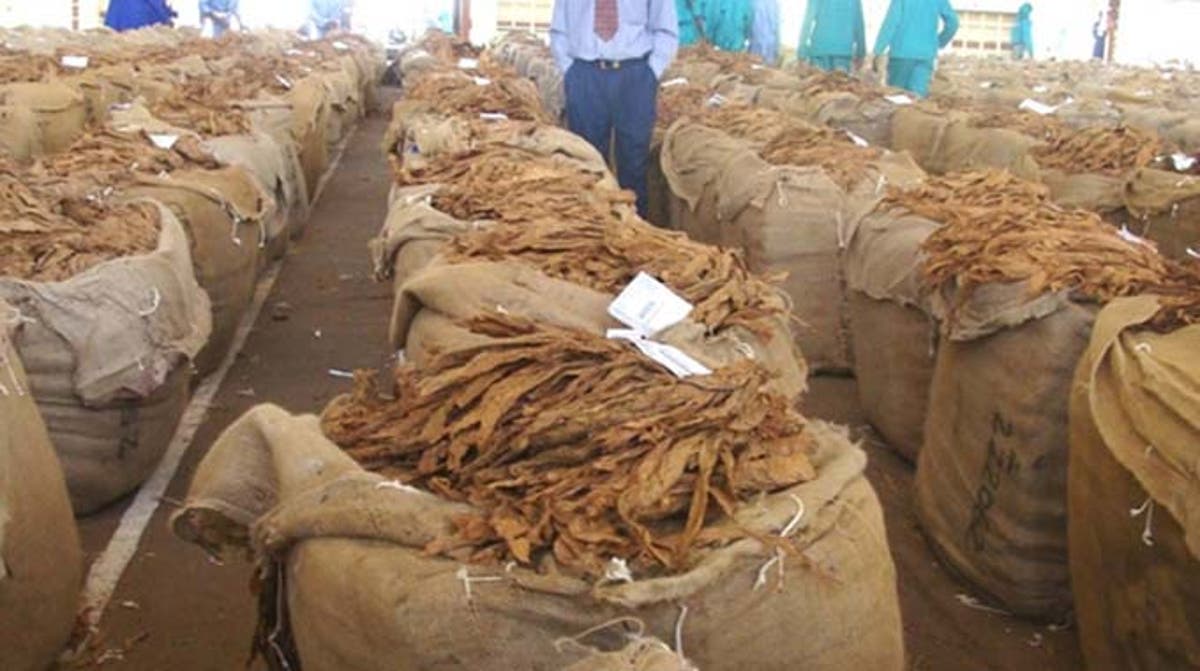Locally produced goods take over
ZIMBABWE’S manufacturing sector is on a solid recovery path with locally produced goods now constituting 70 percent of shelf space in shops due to increased capacity utilisation, President Mnangagwa has said.
President Mnangagwa said this yesterday in his address during the 42nd historic Independence Day celebration in Bulawayo.
He said the Second Republic continues to avail the requisite support and enabling environment towards the resuscitation and growth of industry and commerce.
That support has seen a steady rise in capacity utilisation.
“Capacity utilisation in the manufacturing sector has increased beyond 65%, resulting in locally produced basic consumer goods constituting about 70% of the market.
“The development of rural industrialisation is being prioritised, leveraging on the various unique resources within our communities,” said President Mnangagwa.
On the exports front, President Mnangagwa said exports are projected to grow by 10 percent this year following the penetration of the export market by more businesses including those at the grassroots level.
The country is targeting to attain an upper middle-income status by 2030 leveraging on the projected export-oriented economy as enunciated in the National Development Strategy 1.
This week the Confederation of Zimbabwe Industries is expected to release manufacturing survey 2021 report.
Last year the country recorded its highest ever foreign currency receipts boosted by strong commodity process and increase in foreign international remittances.
Reserve Bank of Zimbabwe official figures indicate that foreign receipts amounted to US$9,7 billion from US$6,3 billion in 2020.
Exports increased by 66,6 percent to US$6,2 billion while diaspora remittances grew by 42, 7 per cent to US$1,4 billion.
Zimbabwe is pushing the export agenda as it seeks to boost foreign currency generation to ensure the bulk of products that are not manufactured locally such as fuel, are readily available for the benefit of consumers.
The Government is encouraging all producers to consider exporting part of their production to minimise, if not eliminate forex shortages.
The country has registered remarkable growth in exports to Dubai, a key province in the United Arab Emirates (UAE), to clock US$1,4 billion in 2020 from just above US$200 million in 2015 . – The Chronicle











